Find Any Kiosk Machine You Need And Contact Lean Kiosk Now
All Products
Select Any Product
- Request A Quote Now

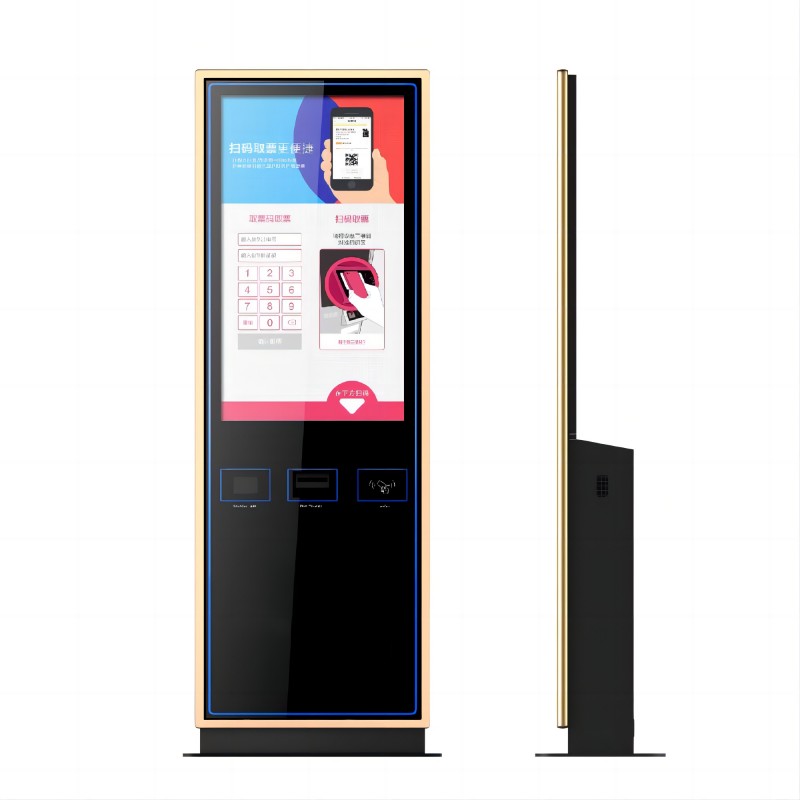
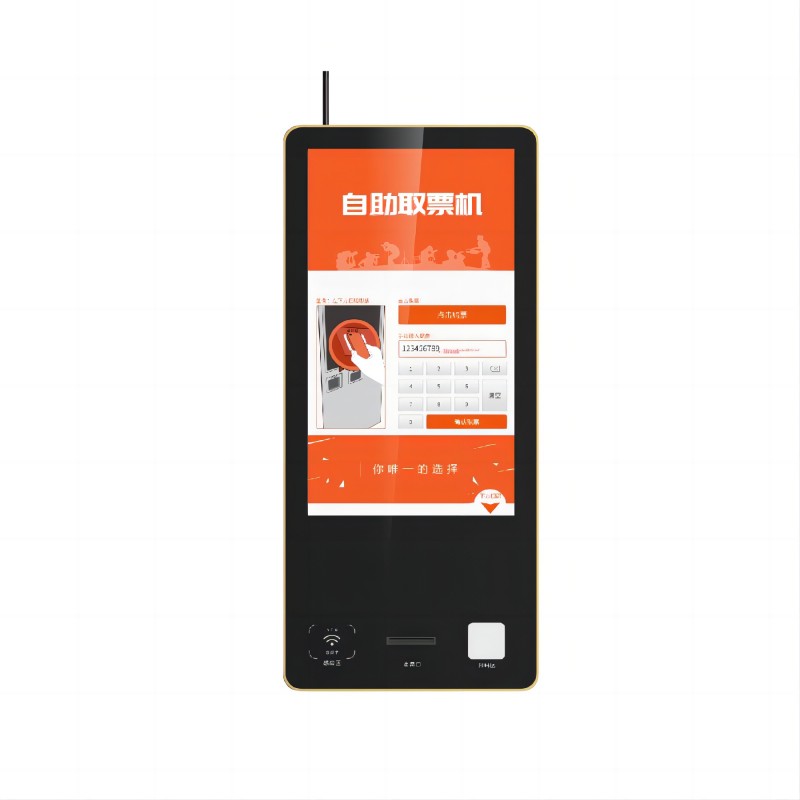
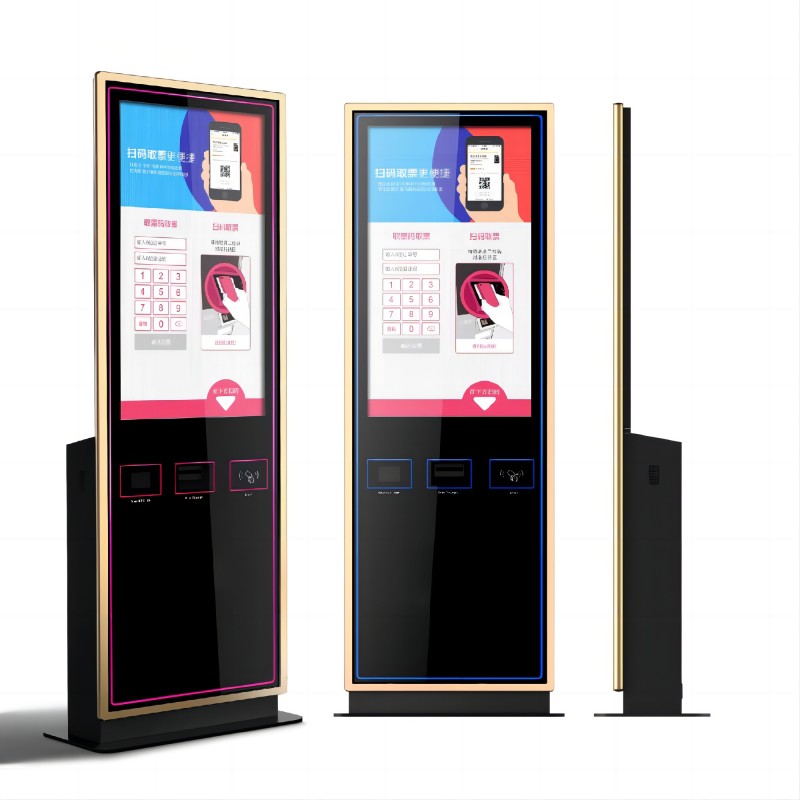
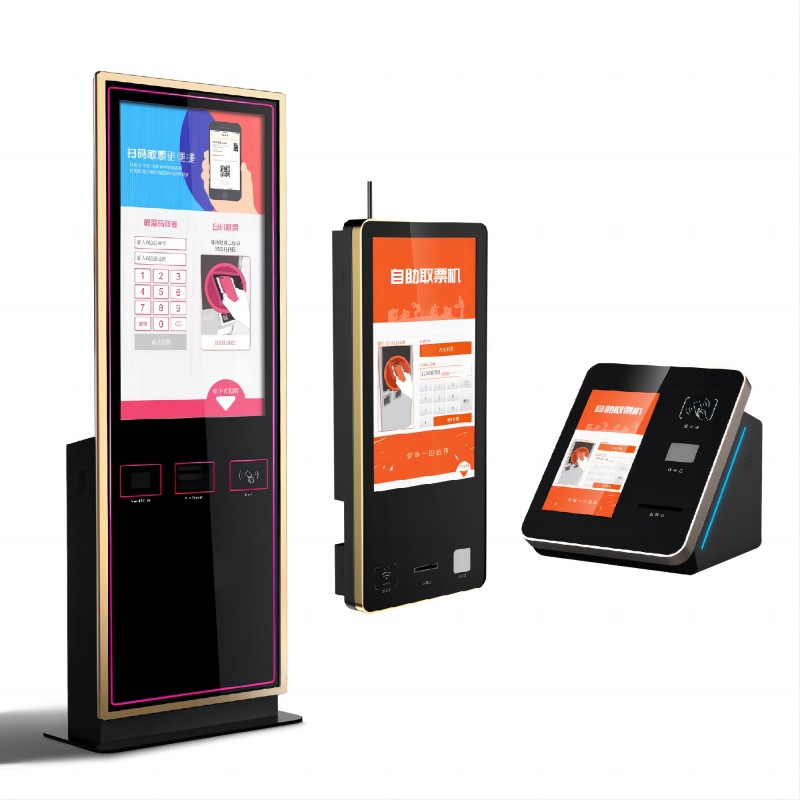
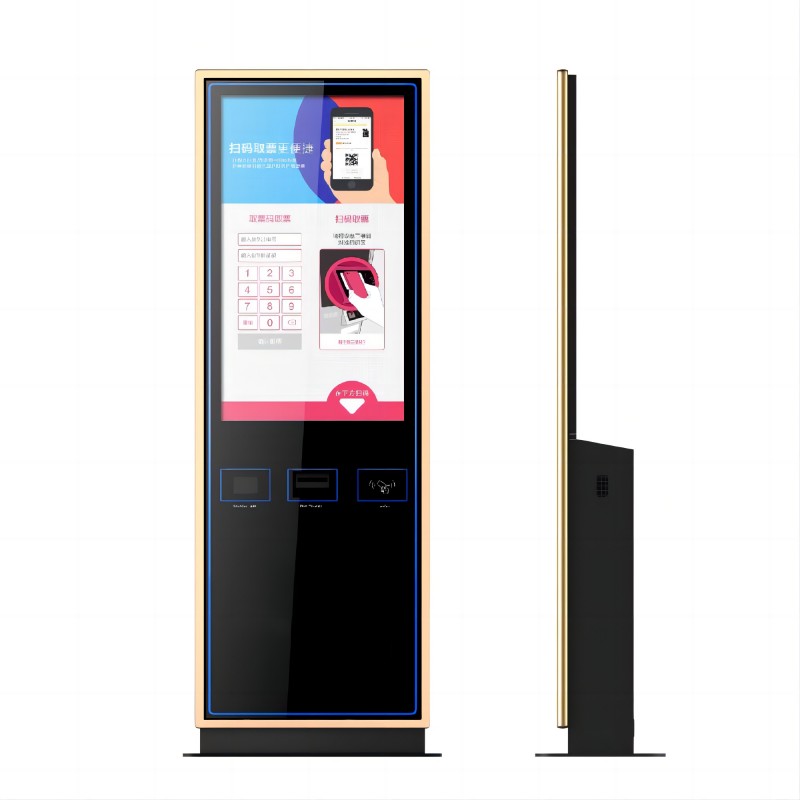
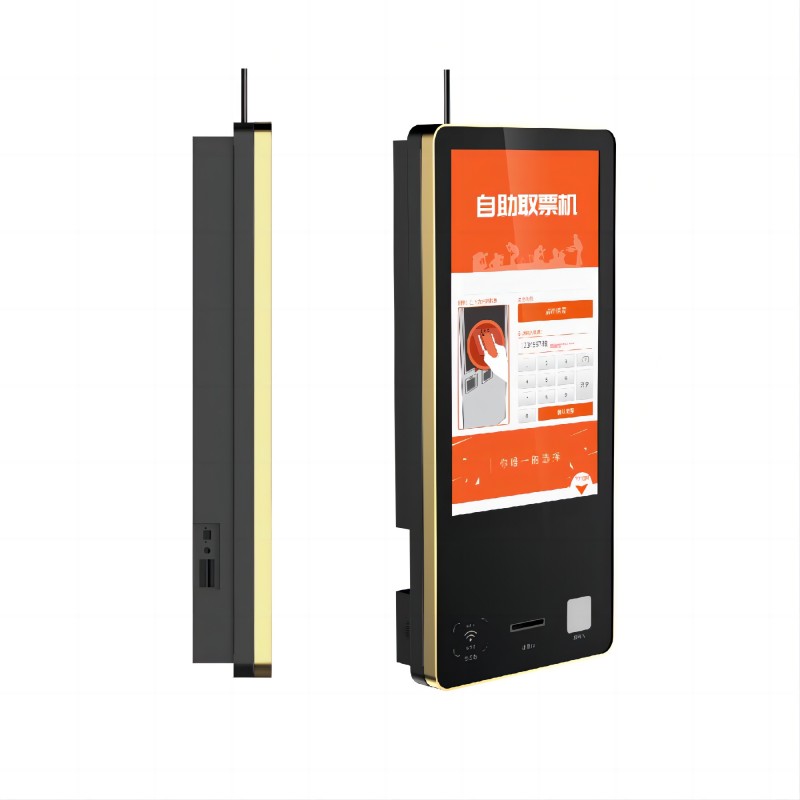
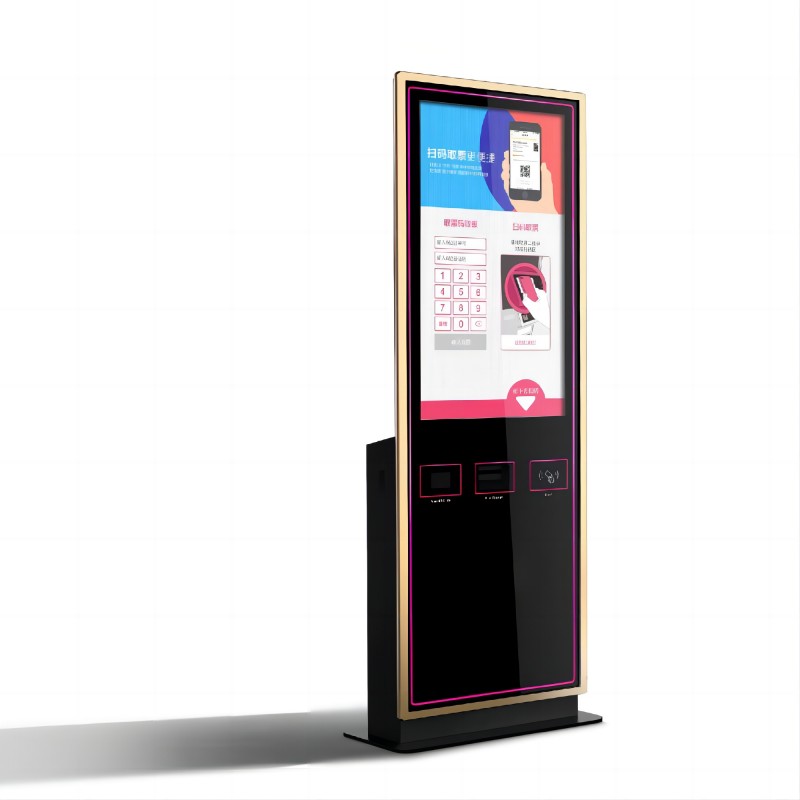
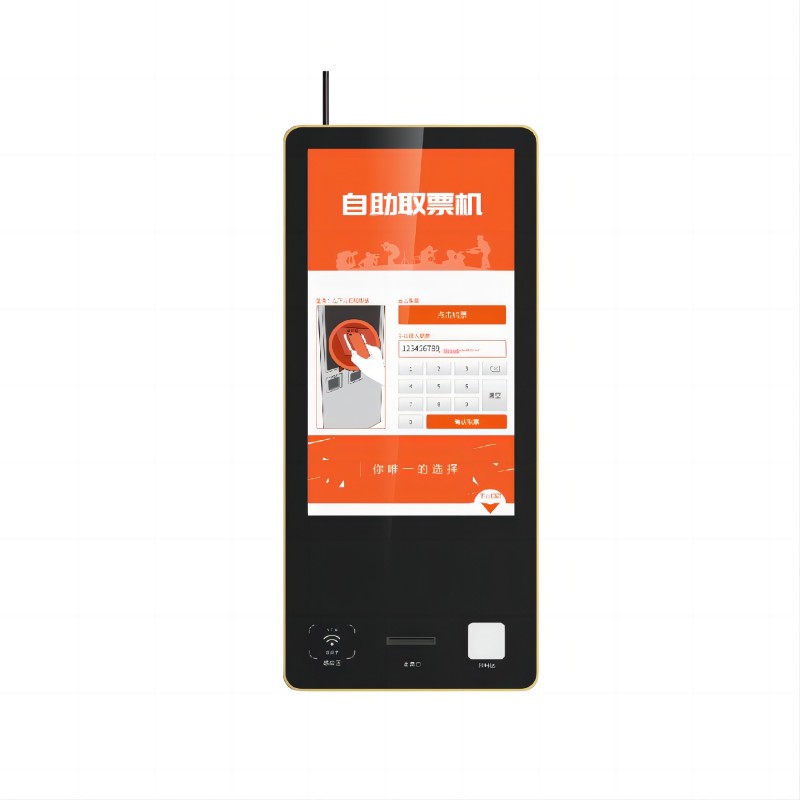

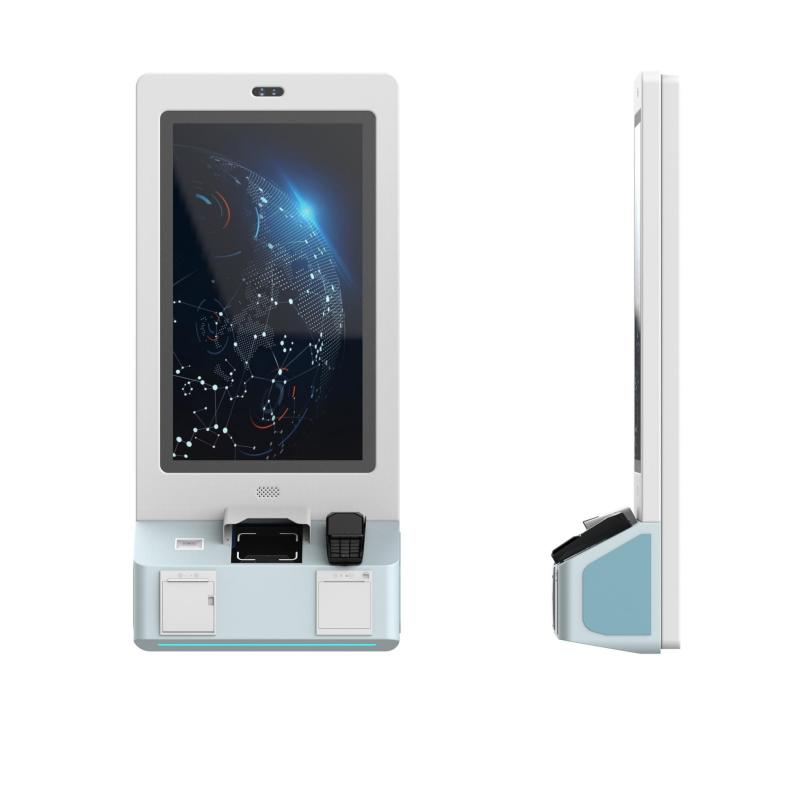
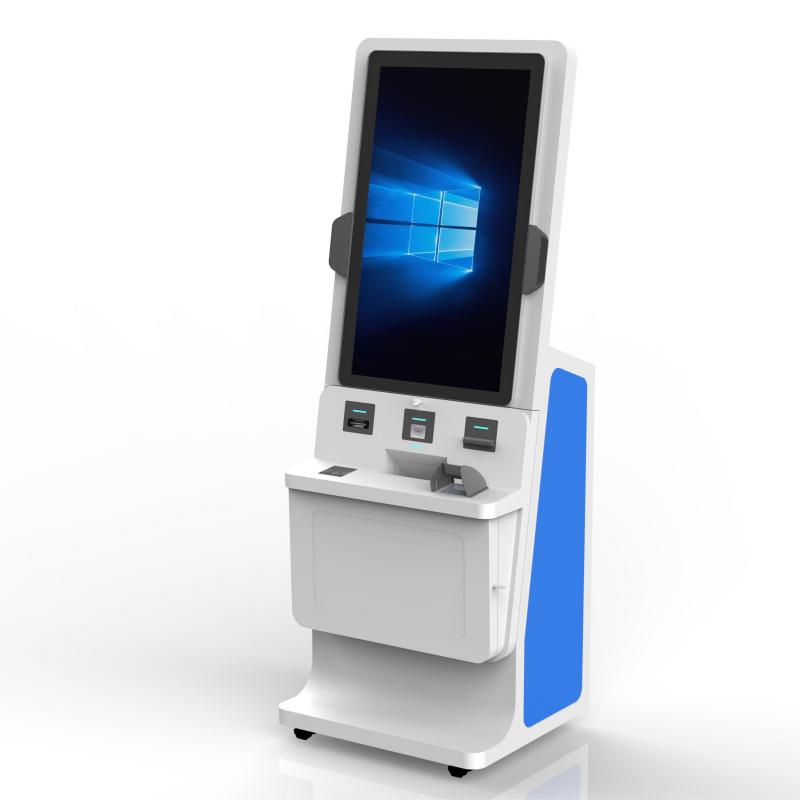
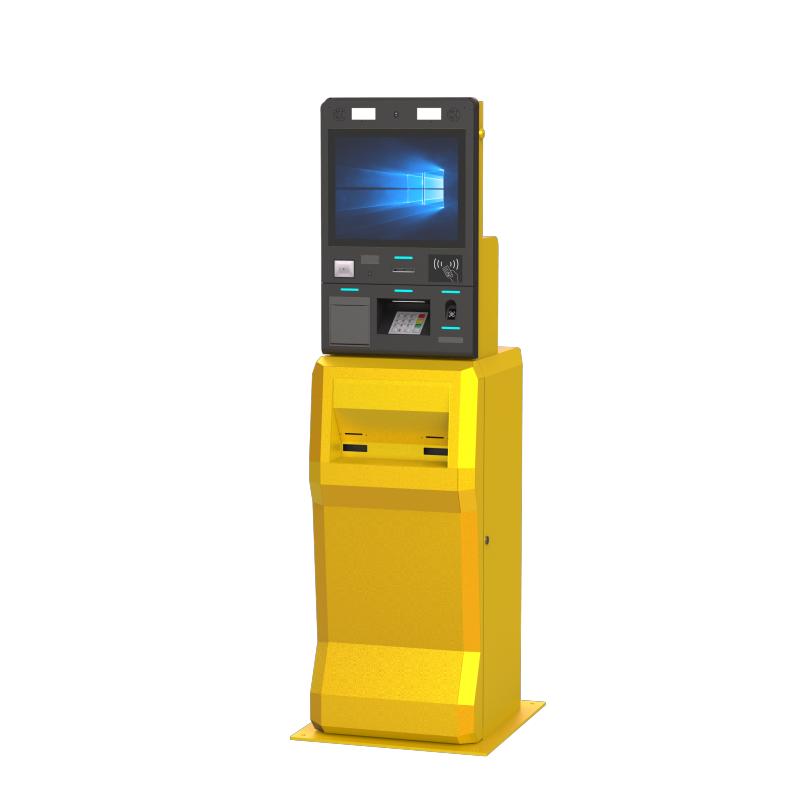
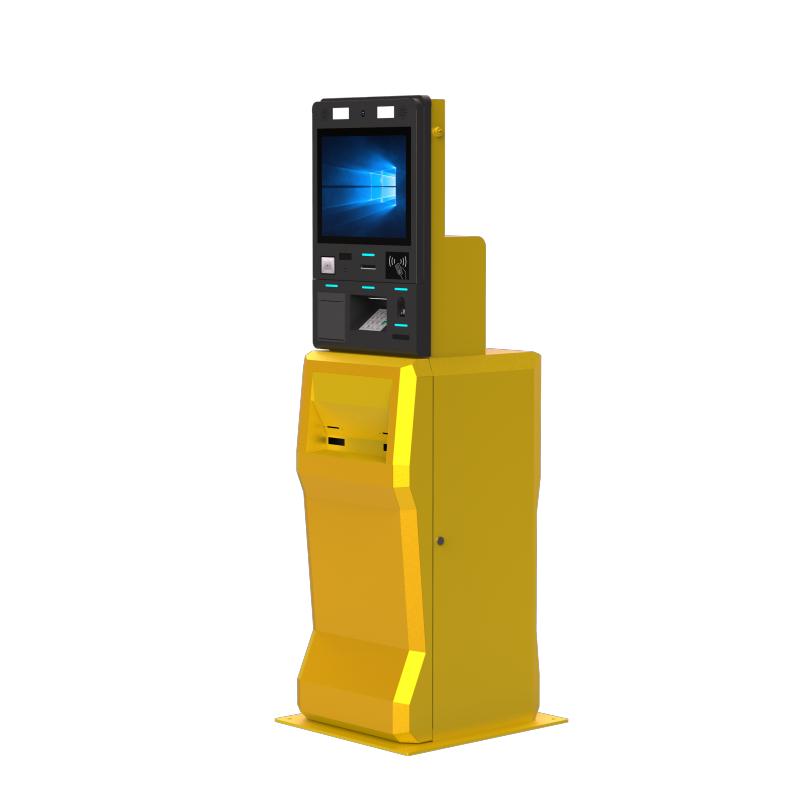
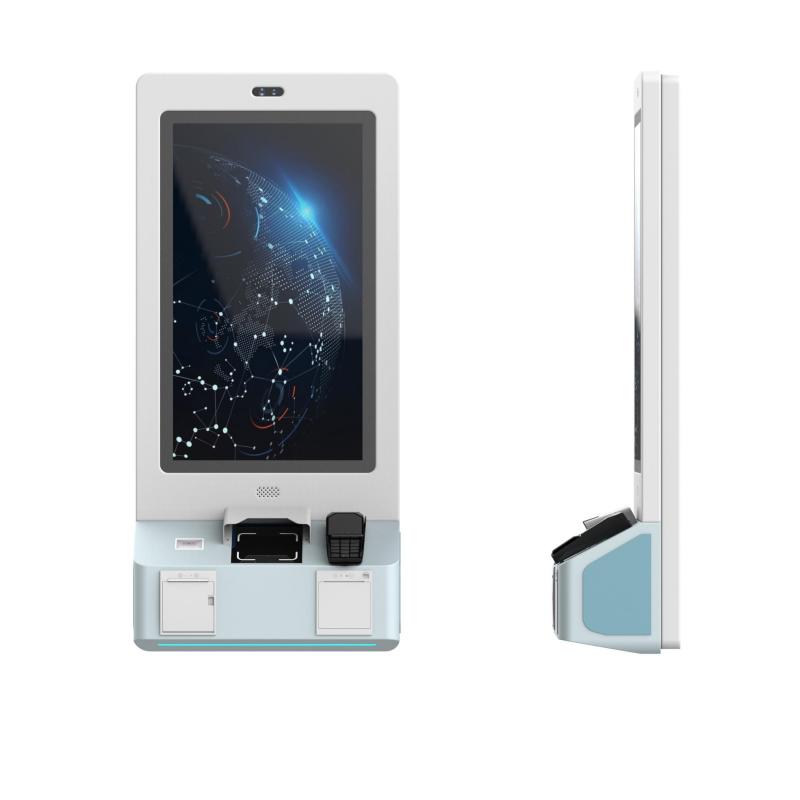
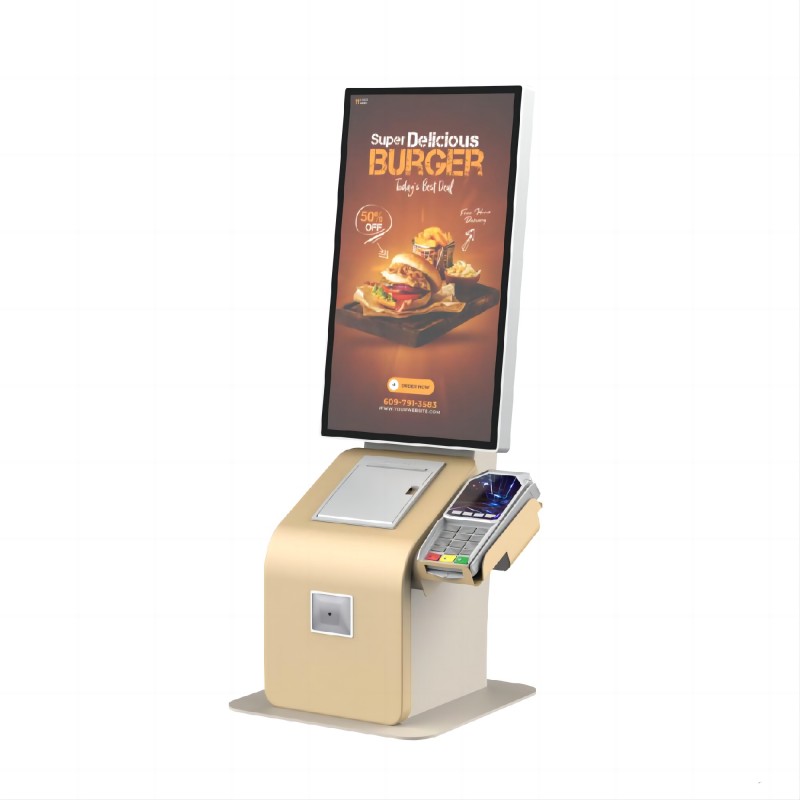
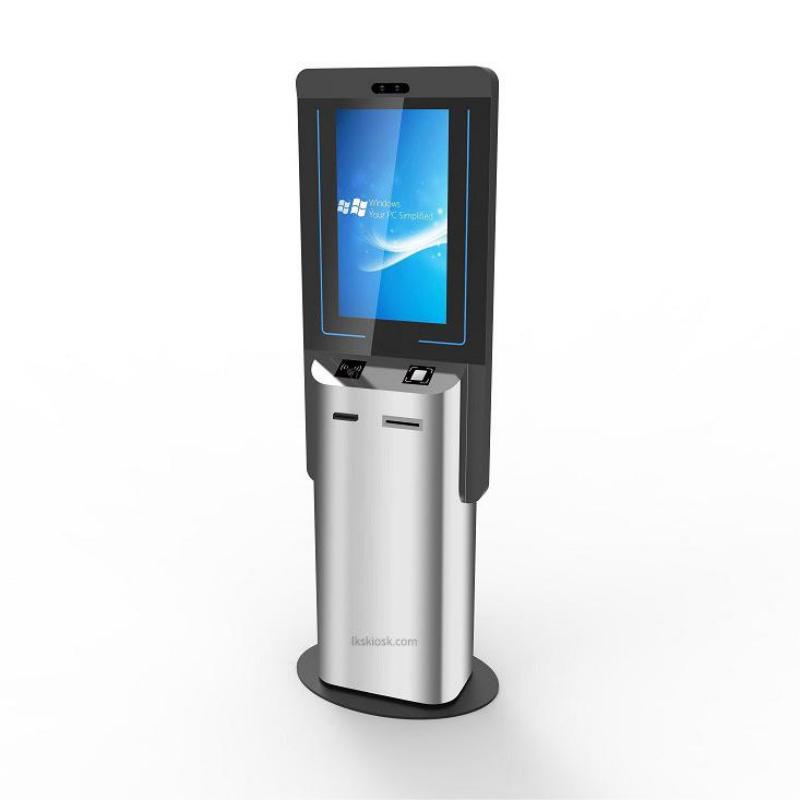
What did our happy clients say?
Fantastic experience with this ticket kiosk! Fast, user-friendly, and reliable. The customization options were perfect for our needs. Highly recommend this kiosk manufacturer!
We’re thrilled with our new ticket kiosk. It’s robust, efficient, and seamlessly integrates with our system. The support and service from the manufacturer were outstanding.
Excellent investment! The ticket kiosk is intuitive and sleek, and the quality exceeded our expectations. The manufacturer's team was professional and responsive throughout the process.
The ticket kiosk has been a game-changer for us. It’s quick, easy to use, and well-built. The manufacturer provided top-notch customization and support. Highly recommended!